Kentucky players dealing with an unusually high number of conflicted stay-or-go decisions
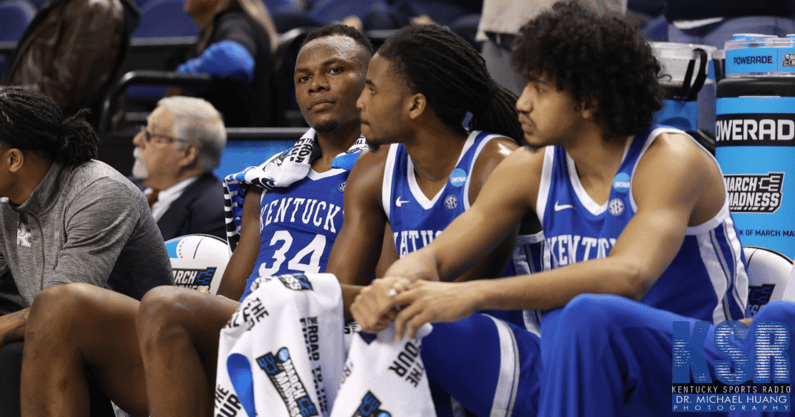
It has almost become formulaic at this point as it relates to the decisions being made for next year’s Kentucky basketball roster. [Player A] wants to do [Thing B], but due to reason [Reason C], decided to do [Thing D].
It’s an unnecessarily complex algebra problem to describe the unusually high number of conflicted decisions regarding whether or not players will stay or go. Let’s break them down:
- CJ Fredrick wanted to stay at Kentucky but due to a probable lack of playing time decided to enter the transfer portal.
- Antonio Reeves wants to go pro, but due to a lack of NBA interest and good NIL money at Kentucky, may return.
- Daimion Collins wanted to stay at Kentucky but due to his need to be closer to family, decided to enter the transfer portal.
- Chris Livingston wants to go pro, but due to no draft guarantee, may come back to Kentucky or enter the portal.
- Ugonna Onyenso wanted to stay at Kentucky, but people surrounding him wanted him elsewhere, so he entered the portal only to withdraw and return to Kentucky.
- Oscar Tshiebwe wants to turn pro but could make more money in college, so he may return, but Hunter Dickinson may commit, and he has other personal issues so he may enter the portal, or who knows what.
The only rotation players with clear-cut decisions were Jacob Toppin, who wanted to go pro and is going pro, and Sahvir Wheeler, who wanted to transfer and entered the portal. Nearly everyone else has been torn one way or another.
Not only have decisions been conflicted, but they’ve also been sporadic
Most years, there is not this level of drama and uncertainty around stay-or-go decisions. The NBA-bound guys are typically no-brainer departures who make their decisions at or around the same time. Players who choose to transfer are usually not surprising (a la Sahvir Wheeler this year) and make the decision quickly. And while there are usually one or two guys who might test NBA waters, it is rare to see three guys do it, all with the potential of returning.
My favorite version of this time of year was in 2016 when the entire Kentucky roster, including the walk-ons, declared for the NBA draft, but that was more of a Calipri flex on a new NCAA rule than anything else. Regardless, the team at least made that somewhat ridiculous decision in unison. This year’s decisions were all made sporadically with seemingly no collaboration.
It was indicative of the season as a whole. While there were not any troublemakers on this team, it felt like it was full of unique personalities that did not quite mesh like we’ve seen teams in the past. Sometimes that happens and it may have led to the players feeling like they are making a decision about their future in a vacuum.
Top 10
- 1New
Another Lowe update
MRI came back negative
- 2Breaking
Florida cans Napier
Gators will look for new HC
- 3
UK vs UT line
Cats are two-score home dog
- 4Hot
Lowe watched UL lose
Only needed an L's Down
- 5Trending
Boley wanted a win
No moral victories for QB1
Get the Daily On3 Newsletter in your inbox every morning
By clicking "Subscribe to Newsletter", I agree to On3's Privacy Notice, Terms, and use of my personal information described therein.
Why do so many Kentucky players have conflicted decisions?
The biggest game-changer in this whole process, without a doubt, has been NIL. Now that players at programs like Kentucky can make more money in school than the G-League can offer, coming back to college is no longer about getting better to improve draft stock for the next year, it is a viable pathway to financial prosperity.
The minimum G-League salary, which most undrafted players make, is $40,000 per year. For comparison, according to reports, Antonio Reeves made six figures last year at Kentucky and was essentially their 6th man. While in years past the G-League was a tempting option to make some money and be one phone call away from the NBA, guys see it now as a less-than-prestigious trudge that includes a pay cut. To boot, undrafted players who enter the G-League have a very small percentage chance to make the NBA, which is everyone’s ultimate goal.
Of course, the other major factor is the transfer portal. Now that the NCAA removed the requirement to sit out a year upon switching schools, it gives players a much more inviting additional option when determining what is best for them.
And when you combine all of this together (the portal, NIL, and the lack of cohesion amongst this Kentucky squad) with the fact that all of this is brand new to everyone, this sort of semi-chaotic offseason is what you get, as players, coaches, and yes, agents, try to solve these complex algebra problems.
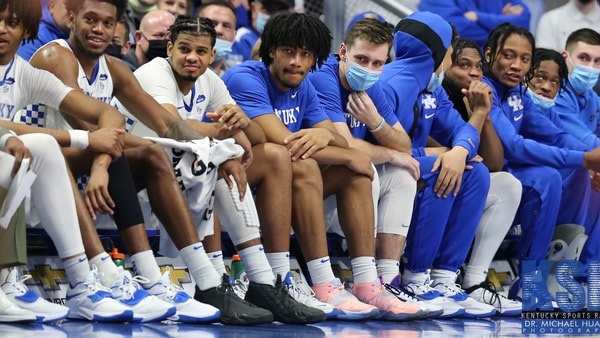
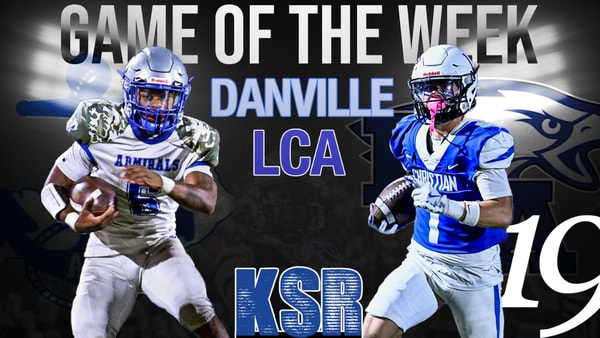
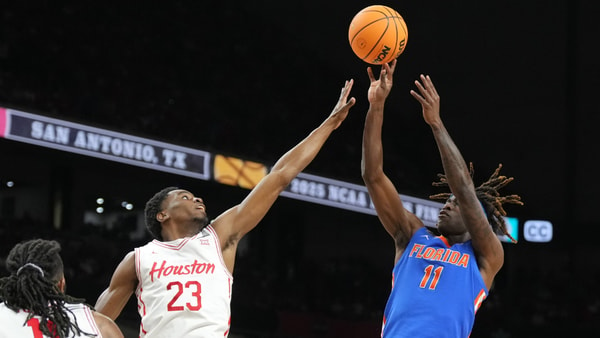
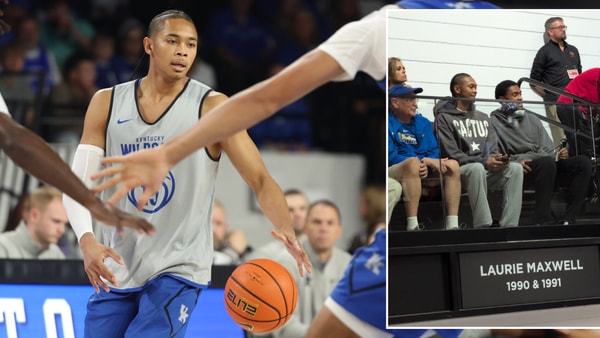
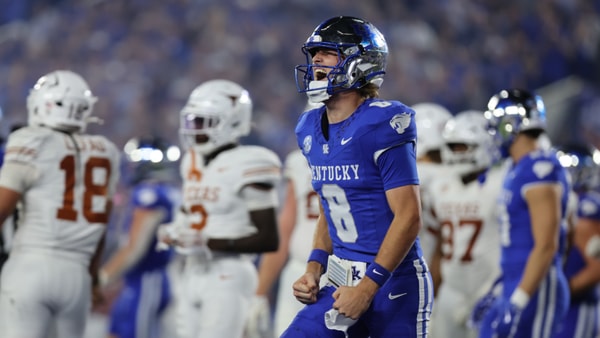
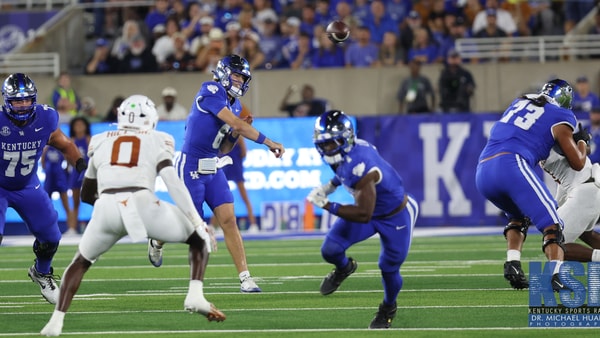
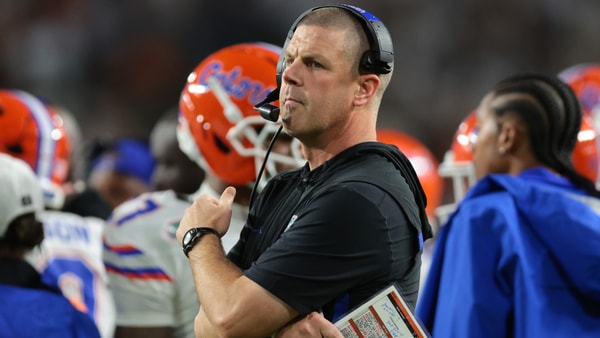
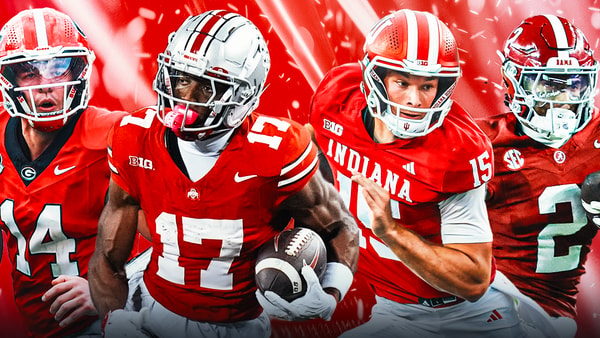
Discuss This Article
Comments have moved.
Join the conversation and talk about this article and all things Kentucky Sports in the new KSR Message Board.
KSBoard